How to Choose and Use Olive Oil
Jan 13, 2021, Updated Nov 16, 2023
This post may contain affiliate links. Please read our disclosure policy.
Here are 4 tips for how to choose and use olive oil! With so many olive oils to choose from online and at the grocery, how to choose can be a mystery. Scroll down for my tips to choose and use olive oil for optimum enjoyment. And head over to my shop for a fabulous selection of the good stuff.
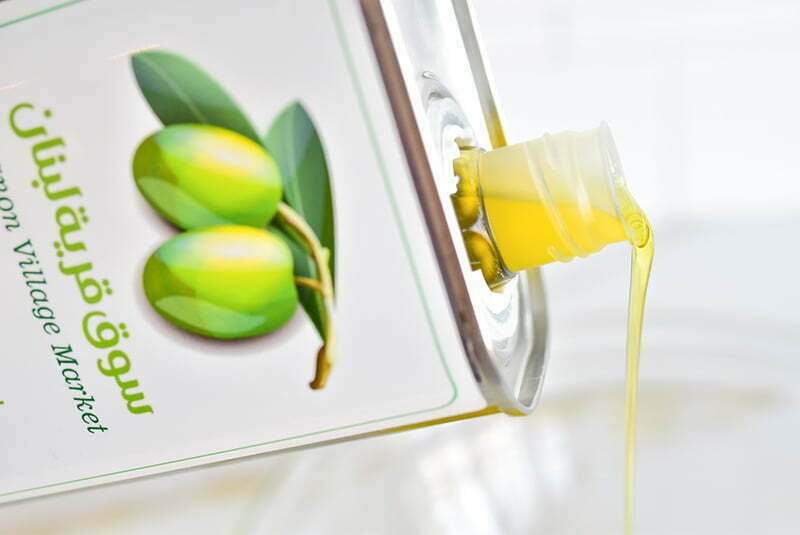
There is perhaps no more important ingredient in cooking Lebanese, and any Mediterranean cuisine, than extra virgin olive oil (except LOVE of course!). Olive oil is our liquid gold, a healthy fat that imparts incredibly deep flavor, bright color, and healthy richness. Much information is available about extra virgin olive oil, including the phony stuff that we want to avoid. And there are so very many choices when shopping for olive oil! Here is a guide for how to choose and use olive oil.
1. Choose Extra Virgin.
Extra Virgin Olive Oil is made only from pure, cold pressed olives. There are many imposters on the shelf that contain processed oil blends. Extra Virgin Olive Oil is the healthiest olive oil you can cook or eat with. Read the label to confirm.
1. Know the Enemies of Olive Oil.
Extra virgin olive oil is a sensitive product that has three main enemies that diminish its quality. In culinary school I memorized these and never looked back!
- Time: Extra Virgin Olive Oil is good for two to even three years from the date of harvest, if other conditions to protect the oil (see below!) are met.
- Temperature: store olive oil at cool temperatures, away from light and without exposure to oxygen. This is true throughout the life of the oil, so where you buy your oil matters (trust your source, in other words).
- Light: Exposure to light causes loss of healthy antioxidants, and oil goes rancid faster. If your oil is in a clear glass bottle, store it in a dark cabinet.
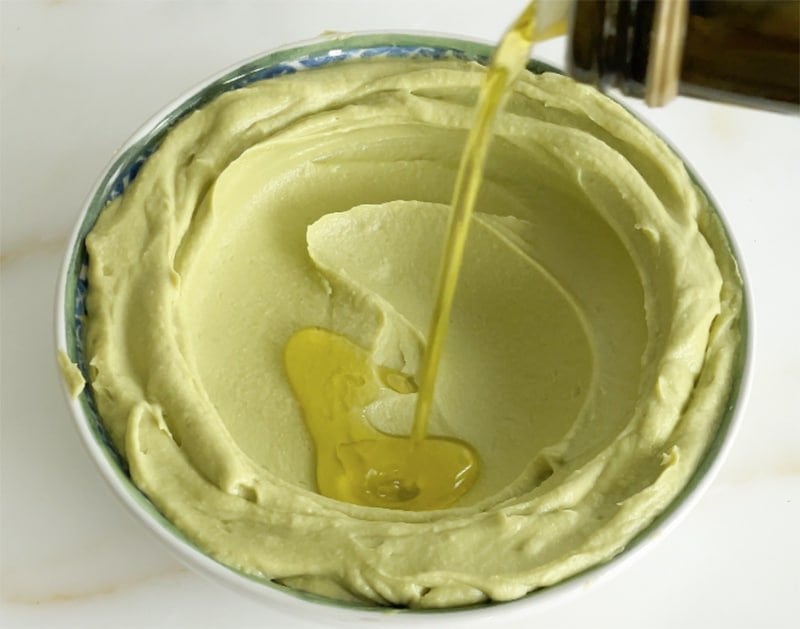
3. Use your EVOO. Then use some more.
This is one fat our bodies–or tastebuds–just can’t get enough of. Extra virgin olive oil is an essential component of the Mediterranean diet, providing both nutrients and delicious satisfaction. Good fats make us feel full, which prevents that quick-grab of weight-inducing simple carbohydrates to fend off hunger (chips, crackers, candies, that kind of thing). I use extra virgin olive oil every day, always my fat of choice over butter and other oils. If I’m not cooking, I find a way to drizzle my EVOO. Tastes so good!
All of this is to say that your olive oil is not a precious treat to save for special dishes. Do like the Mediterranean cultures and incorporate extra virgin olive oil into daily life.
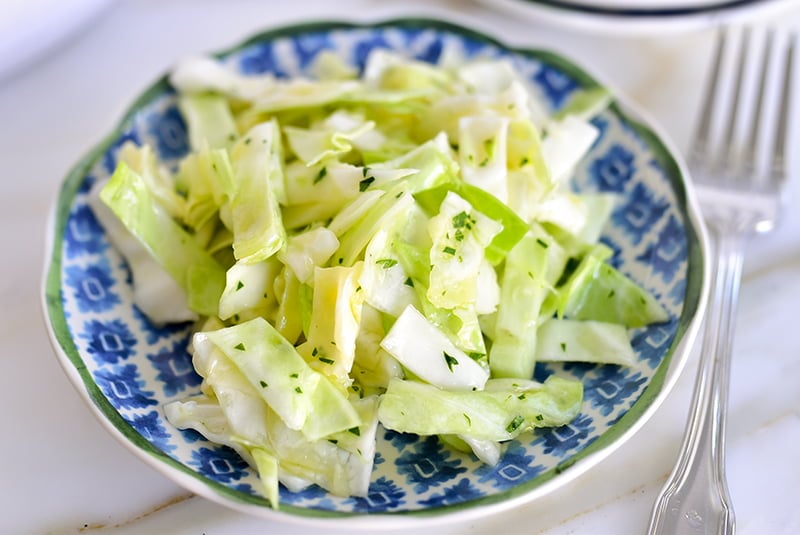
4. Your taste matters most
Because there are so many flavors in extra virgin olive oils, we love to experiment with olive oil in side-by-side taste tests. Get some decent but not-too-flavorful crackers, bread, or vegetables. Pour each oil in a little dish, and start tasting.
Olive oil has characteristic slightly bitter notes, just as olives do, and this is desirable and delicious to many eaters! You no like that? Not to fret: there are all kinds of olive oils that deliver mild, buttery notes without the complexity (one reason I’m bottling Mild, Medium, and Robust options. All are fabulous in any application). There are two categories of extra virgin olive oil: single varietal of olives in the oil, and many varaieties of olives in the oil (monocultivar and multicultivar, respectively).
I think of olive oil taste in a similar way as I do wine: what tastes great to me is what I want on the table.
Really interested in olive oil like my sister Peggy and I are? Check this out this book.
Frequently Asked Questions
Extra-virgin olive oil is the highest quality and least processed among olive oils. It is extracted solely by mechanical means, without the use of heat or chemicals, preserving its rich flavor and nutritional value.
Store in a cool, dark place away from direct sunlight and heat. Seal the bottle tightly to prevent exposure to air, which can cause the oil to oxidize and lose its freshness.
Extra-virgin olive oil is ideal for drizzling over salads, dipping bread, or finishing cooked dishes. Avoid high-heat cooking methods to preserve its delicate flavors—use a lower heat for sautéing or as a finishing touch.
Look for certifications such as PDO (Protected Designation of Origin) or PGI (Protected Geographical Indication), which indicate the oil’s origin and quality standards. Additionally, a fresh, fruity aroma and a peppery or slightly bitter taste are indicators of quality.
Yes, it is rich in monounsaturated fats and antioxidants, which may contribute to heart health and provide anti-inflammatory effects. Regular consumption in moderation can be part of a healthy diet.
While it has a lower smoke point than some other oils, extra-virgin olive oil is great for light sautéing or frying at medium heat. For deep frying, it’s best to choose a neutral oil such as canola, vegetable, peanut, avocado, or other oil with a higher smoke point.
The color can vary based on the type of olives used and the region of production. It doesn’t necessarily indicate quality. However, a golden-green hue makes us think of fresh, high-quality oil.
Yes, it may solidify at colder temperatures, but this doesn’t affect the quality. Simply let it return to room temperature, and the oil will return to its liquid state without any loss of flavor or nutritional value.
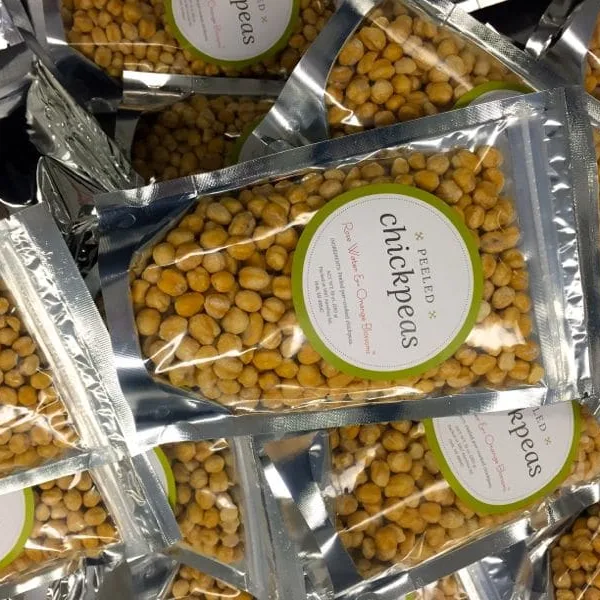
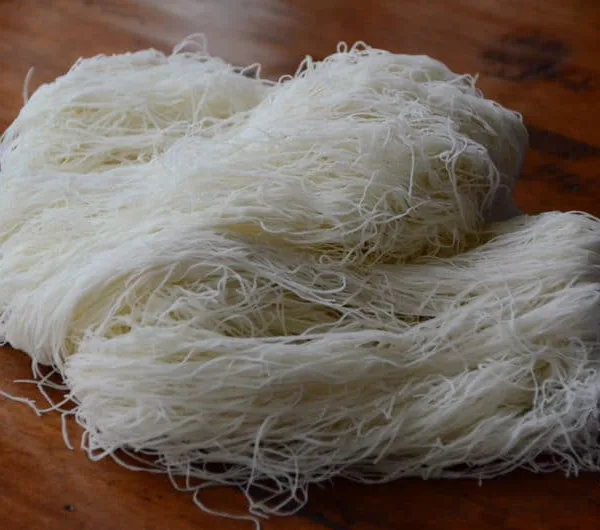
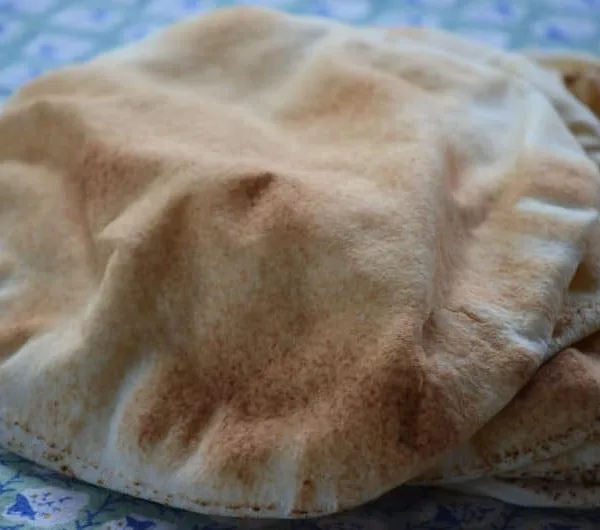
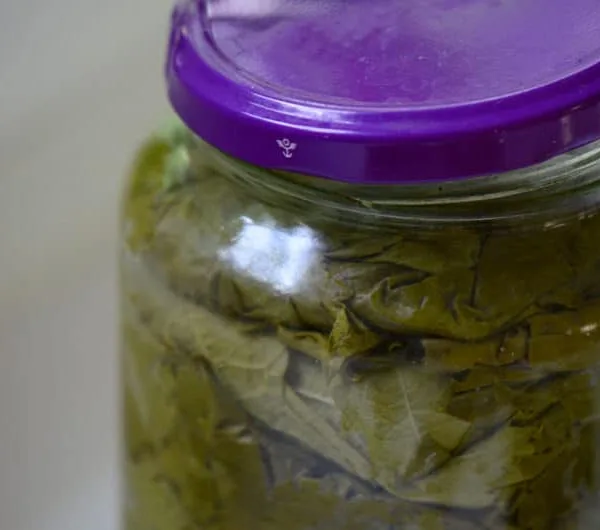







Have recently purchased an oil that has green olives, lemon slices, and small hot green peppers with thyme mix all in one bucket out of Jordan… absolutely divine Maureen.
2nd generation Deeb…. Rae of Arkansas
That does sound divine!! My grandmother was a Deeb from Nebraska!
Thanks for this information. We use olive oil daily but never looked into the differences between the many types!
Thank you Jeff! Many interesting facets to EVOO.
Hello!
“Extra virgin olive oil is categorized into two types: those made from more than one varietal of olive, and those made from more than one (monocultivar and multicultivar, respectively).” Maybe this sentence could use an edit? 🙂
Ellen
Indeedy, thank you so much Ellen!
I love the big jug I recently bought from you! The baguette slices fried stovetop were devine !!
Oh I’m so happy to hear that John! Just delicious and that’s my favorite jug of EVOO.